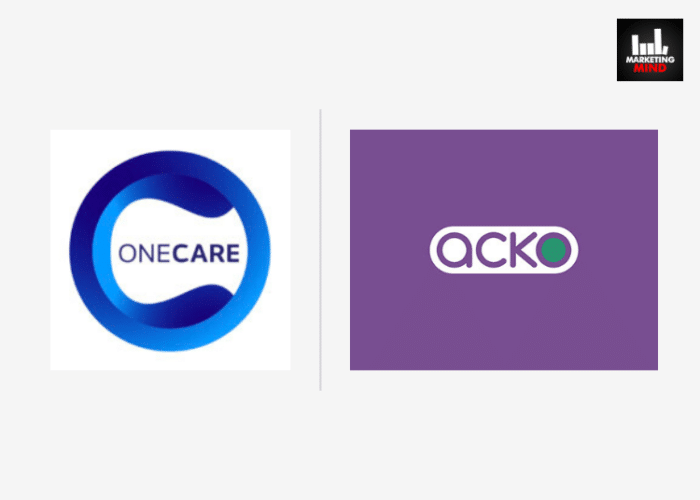In today’s interconnected world, businesses are facing the challenge of expanding their reach while staying connected to local markets. Enter glocalization—the perfect balance between global expansion and local adaptation.
It’s an innovative strategy that allows companies to tailor their products, services, and marketing strategies to meet the unique needs and preferences of different regions.
In this article Marketing Mind highlights 7 best and impressive examples of glocalization across various industries, showcasing how companies successfully navigate cultural, economic, and social differences to capture the hearts and minds of their target audience.
Top 7 Examples of Glocalization
1. McDonald’s
McDonald’s is a prime example of glocalization. While its core menu items like the Big Mac remain consistent worldwide, the fast-food giant customizes its offerings to suit local tastes. For instance, in India, McDonald’s offers vegetarian options like the McAloo Tikki Burger to cater to the country’s dietary preferences.
2. Coca-Cola
Coca-Cola’s global success stems from its ability to adapt its marketing strategies to diverse cultures. The company creates localized campaigns, packaging, and flavors, such as offering green tea-flavored Coke in Japan and promoting family-centric advertisements in the Middle East.
3. Airbnb
Airbnb employs glocalization by tailoring its home-sharing platform to match local needs. It adapts its website and listings to reflect local languages, currencies, and cultural norms, allowing travelers to experience a sense of belonging no matter where they are in the world.
4. IKEA
IKEA embraces glocalization by offering products that cater to specific markets. In China, the company introduced smaller-sized furniture to accommodate smaller living spaces, while in the Middle East, it adjusts designs to align with local aesthetics and preferences.
5. KFC
KFC demonstrates glocalization by adapting its menu to local tastes and preferences. For instance, in Japan, KFC introduced Christmas-themed meals, leveraging the country’s tradition of celebrating the holiday with fried chicken.
6. Netflix
Netflix uses glocalization to offer localized content libraries, including regional films, TV shows, and subtitles. By tailoring its offerings to specific markets, Netflix appeals to a broader audience and ensures cultural relevance.
7. Amazon
Amazon employs glocalization by adapting its e-commerce platform to suit local market preferences. It offers region-specific websites, diverse payment options, and localized customer support, ensuring a seamless shopping experience for customers worldwide.
Glocalization Goes Beyond Marketing
Glocalization goes beyond marketing, it impacts product development, supply chain, customer service, talent management, and CSR. Embracing cultural nuances unlocks business potential in a globalized world. By incorporating glocalization principles into all aspects of operations, companies can bridge the global and local divide and unlock their full potential in a globalized world.
Why Glocalization is important for brands
Glocalization, the combination of global and local adaptation, holds significant importance for brands in several key ways.
1. Meeting Local Needs
2. Building Customer Connections
3. Strengthening Brand Image
4. Driving Innovation
5. Enhancing Customer Experience
What’s your opinion? Let us know in the comment!
Also Read: Power Of AR Mirrors: Enhancing Visual Marketing & Amplifying User-Generated Content













